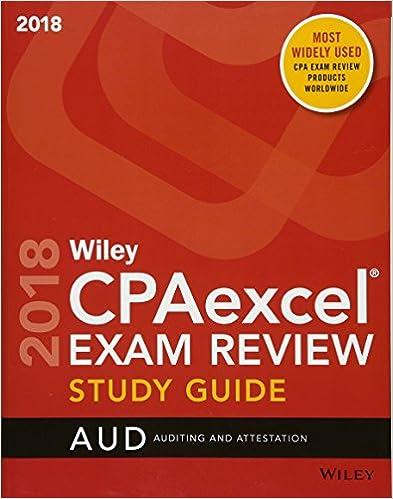1. When a partner sells 40% of his interest to an outsider at a selling price that is higher than 40% , A total partnership capitalization is not affected. B. the selling price becomes the new partner's capital balance. C. the new partner will have the same capital balance as the old (selling) partner. D. total partnership capitalization is increased by the amount paid by the new partner. 2. From the following statements, which is NOT TRUE of the division of profit and loss allowing interest, salary allowance, and bonus? A. The amount of salary allowance will depend upon the partners' expertise and the extent of his services. B. Interest must be allowed whether the partnership operation resulted in a loss or a profit. C. Interest allowance is allowed only when a promissory note is involved. D. Bonus is allowed only to the managing partner if the firm's revenues exceed the expenses. 3. When a partner withdraws and receives cash from one of the remaining partners at an amount that is less than his total claim, how should the difference be treated? A. It should be credited to the remaining partners' capital accounts according to their profit and loss ratio. B. It should be credited to the remaining partners' capital accounts according to their recomputed residual profit and loss ratios. C. It should be disregarded altogether. D. The difference should be recognized as a lability of the partnership to the retiring partner by crediting either Notes Payable or Accounts Payable. 4. Who has the first priority over cash distribution by the partnership? C. Debtors D. All of the above A. Partners B. Creditors 5. On July 1, 2019, a partnership was formed by Carl and Smith. Carl contributed cash. Smith, previously a sole proprietor, contributed a partially depreciated real estate property subject to a mortgage which was assumed by the partnership. Smith's capital account on July 1, 2029 should be recorded at A. Smith's book value of the property on July 1, 2019. B. Smith's book value of the property less the mortgage payable on July 1,2019 C. the fair value of the property on July 1, 2019 D. the fair value of the property on July 1, 2019 less the mortgage payable All except ONE of the following are TRUE for both general and limited partnership A Both are easily dissolved B. Both must have at least one limited partner. C. All partners are liable for all the debts of the firm. D. All partners have the right to participate in the profits of the business 6. 7. Which of the following is not a collectible from a partner? C. Loan to Partner D. Due from Partner A Loan from Partner B. Receivable from Partner now nardner by investment, bonus is recorded when







